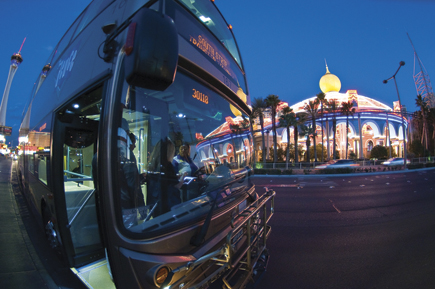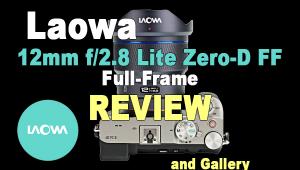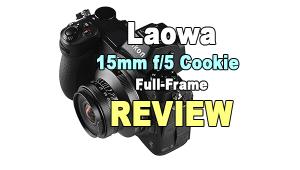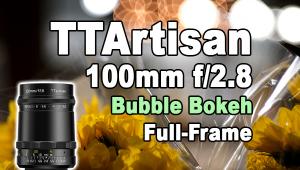Fisheye Facts & Fantasies; Get The Most From Fisheye Lenses
Fisheye optics are an unusual beast. The bulbous nature of the front element is one characteristic trademark, but the unique view this lens affords us is what makes it truly appealing—and at the same time challenging to work with.
My fisheye lenses have literally widened my view of the world around me and given me a new perspective on my photography. Admittedly, some people will pooh-pooh a fisheye shot no matter how well executed it is, whereas others will appreciate your mastery of this lens by commenting on the visual artistry involved. With a little effort at first, you, too, can learn to widen your horizons with a fisheye and produce telling visual statements.
|
Right Up Front
|
|
 |
|
|
There are a few simple guidelines that will help. The trick is to follow them, but not religiously—hence, they’re presented more in the form of suggestions, so that your fisheye shots exhibit variety and a distinct flavor. Now let’s get down to the nitty-gritty of working with fisheyes and examine the facts. In some instances, these may be more an observation
than fact.
Fisheye Fact No. 1. Depending on the design of the lens, the fisheye image may be circular or full frame. Circular fisheyes produce the most distortion. Also, the circular, or true, fisheye captures a full 180? field of view (one or two older designs went even further), whereas the full-frame “quasi-fisheye” captures a 180? angle of view when measured diagonally. This design produces the expected fisheye effect, but to a more modest degree. A few fisheyes (and some fisheye converters) may be restricted to a smaller angle of view.
|
A Level Head, Or Not
|
||
 |
 |
|
|
||
Fisheye Fact No. 2. Fisheye optics exhibit severe barrel-type curvilinear distortion. The relative shooting angle you use can either largely ameliorate the condition or make it more pronounced. However, you may find it necessary to tilt the lens to control foreground or background (for instance, to limit the amount of sky or force perspective by tilting downward or with an upward tilt to eliminate foreground elements or show more ceiling), or simply to express a more telling viewpoint by swinging the camera in one direction or another (usually creating more of an asymmetric composition in the process). The observed distortion obviously relies to some degree on the presence of identifiable lines and shapes in the affected areas.
Fisheye Fact No. 3. A fisheye exaggerates perspective, seemingly stretching space. Moreover, the closer you get to something—even a flat surface, the more it appears to balloon outward toward you, as if you were looking in a funhouse mirror. What’s more, when viewed obliquely, nearby objects become foreshortened.
|
Funhouse Mirror
|
|
 |
|
|
Fisheye Fact No. 4. Owing to spatial distortion, and assuming an uncluttered backdrop, a fisheye can be used to create “dramatic perspective,” emphasizing an unexpected or unusual moment or subject occupying the foreground. For instance, I have a fisheye shot of a soccer ball hitting the net, with the goalie in the act of trying to block the goal. The action was seemingly isolated against the rest of the field, resulting in dramatic impact.
Fisheye Fact No. 5. Depth of field may not be quite the same as with a pinhole camera, but it is very extensive with a fisheye lens, even without stopping down, provided you’re not focusing on a subject close to the lens. Just focus into the scene a bit to extend sharpness front to back. However, as with most lenses, you may want to stop down about two stops from maximum aperture just to overcome any residual optical aberrations and improve overall lens performance.
|
Foreshortened Perspective
|
|
 |
|
|
Fisheye Fact No. 6. Remember that you may be shooting horizon to horizon, so, relative to the sun’s position and your shooting angle, blue sky may thin out to white toward one side of the frame.
















































